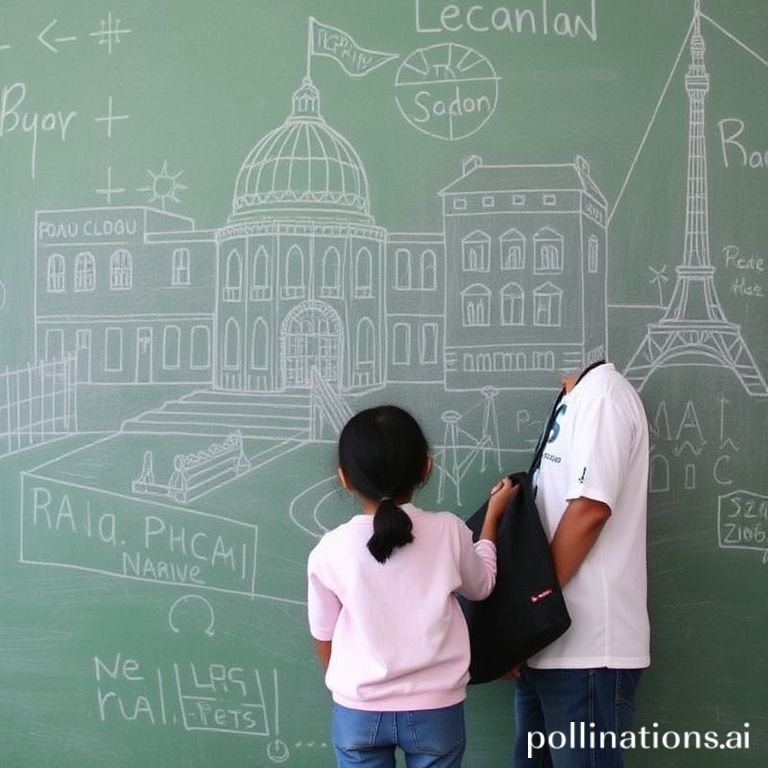Moving to a new country involves navigating a maze of unfamiliar systems, and education is often a top priority for families. If you’re considering relocating to Mexico or simply curious about its educational landscape, understanding the Mexican school system is crucial. This guide provides a comprehensive overview, covering everything from preschool to higher education, helping you make informed decisions for your children’s future.
The Mexican education system has undergone significant reforms in recent years, aiming to improve quality and accessibility. While challenges remain, the country is committed to providing education for all its citizens. Let’s delve into the structure, key features, and practical considerations of the Mexican school system.
Structure of the Mexican Education System
The Mexican education system is structured into basic education (educación básica), upper secondary education (educación media superior), and higher education (educación superior). Basic education is compulsory and free, consisting of preschool, primary school, and secondary school.
Preschool (Preescolar)
- Preschool is not compulsory but is widely attended by children aged 3-5.
- It focuses on early childhood development, socialization, and preparing children for primary school.
- Both public and private preschools are available, with varying curricula and teaching methodologies.
Primary School (Primaria)
Primary school is compulsory for children aged 6-12 and consists of six grades. The curriculum covers core subjects such as mathematics, Spanish language, science, social studies, and arts. Public primary schools are free, but parents may need to cover the costs of uniforms, supplies, and extracurricular activities.
Secondary School (Secundaria)
Secondary school is compulsory for students aged 12-15 and consists of three grades. The curriculum builds upon primary school subjects and introduces new disciplines like foreign languages and technology. Successful completion of secundaria is required for entry into upper secondary education.
Upper Secondary Education (Preparatoria or Bachillerato)
Upper secondary education, also known as preparatoria or bachillerato, is not compulsory but is required for university admission. It typically lasts three years and offers different academic tracks, including general education, vocational training, and technical studies.
- General Education (Bachillerato General): Focuses on providing a broad academic foundation for university studies.
- Vocational Training (Bachillerato Tecnológico): Provides specialized training in a specific field, preparing students for immediate employment or further studies in a related area.
- Technical Studies (Educación Profesional Técnica): Offers practical skills and knowledge for specific occupations.
Higher Education (Universidad)
Higher education in Mexico is offered by universities, technological institutes, and other institutions. Undergraduate programs typically last four to five years and lead to a bachelor’s degree (licenciatura). Postgraduate programs include master’s degrees (maestría) and doctoral degrees (doctorado). Admission to universities is competitive and often requires passing an entrance exam.
Public vs. Private Schools
Mexico has both public and private schools at all levels of education. Public schools are generally free but may have limited resources and larger class sizes. Private schools offer a wider range of educational options, including bilingual programs, international curricula, and specialized instruction, but they come with tuition fees.
International Schools
For expatriate families, international schools are a popular option. These schools offer curricula from other countries, such as the American, British, or French systems, and cater to the needs of international students. They provide a familiar learning environment and can ease the transition for children moving from abroad.
Challenges and Opportunities
The Mexican school system faces several challenges, including disparities in educational quality between urban and rural areas, limited resources in some public schools, and high dropout rates in certain regions. However, the government is actively working to address these issues through reforms, investments, and innovative programs.
Despite the challenges, the Mexican education system also offers numerous opportunities. The growing emphasis on bilingual education, the increasing availability of technology in classrooms, and the commitment to improving educational standards are all positive developments. Families considering education in Mexico can find a range of options to suit their needs and preferences.
Conclusion
Understanding the Mexican school system is essential for anyone considering moving to or investing in Mexico. While it has its challenges, the system provides a solid foundation for education, with a growing emphasis on quality and accessibility. From preschool to university, Mexico offers a diverse range of educational options to meet the needs of its citizens and international residents alike. By carefully researching and choosing the right school for your children, you can ensure a successful and rewarding educational experience in Mexico.
Ready to immerse yourself in the vibrant culture of Mexico? Check out our other articles on Life in Mexico for insights into local customs, travel tips, and more!
IMAGE: A bright and cheerful classroom in Mexico. Children of various ages are engaged in learning activities, some reading books, others working on art projects. The classroom is decorated with colorful posters and maps of Mexico. The atmosphere is warm, friendly, and conducive to learning. Natural light streams in through the windows, illuminating the scene. The style is realistic and inviting, capturing the essence of a positive educational environment in Mexico.


